Category: Energy Codes and Policy
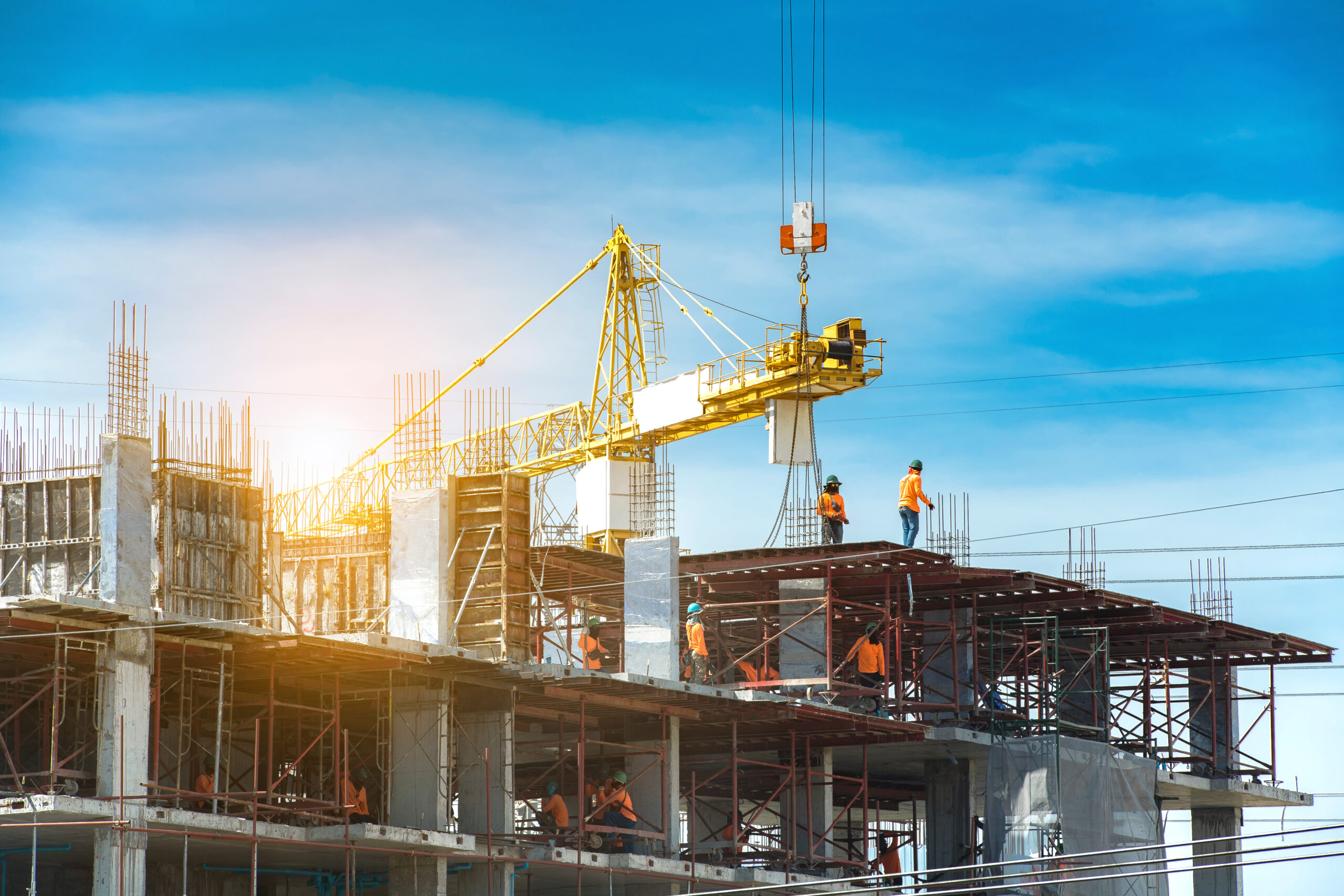
National Green Codes Pave the Way for Embodied Carbon Reporting
Post / December 4, 2023
The carbon footprint of a building starts at its inception, not when its occupants move in. Products like concrete, steel, aluminum, and insulation are key building components, but until recently were rarely considered by design and construction teams for their...

Using Policy and Code to Help Cities Most Impacted by Urban Heat Islands
Post / January 18, 2023
During the summer of 2022, there were more than 7,000 record-breaking daily temperatures reported across the U.S., according to data from the National Oceanic and Atmospheric Administration (NOAA). Dangerously high temperatures in the U.S. impacted more than 40 million people,...
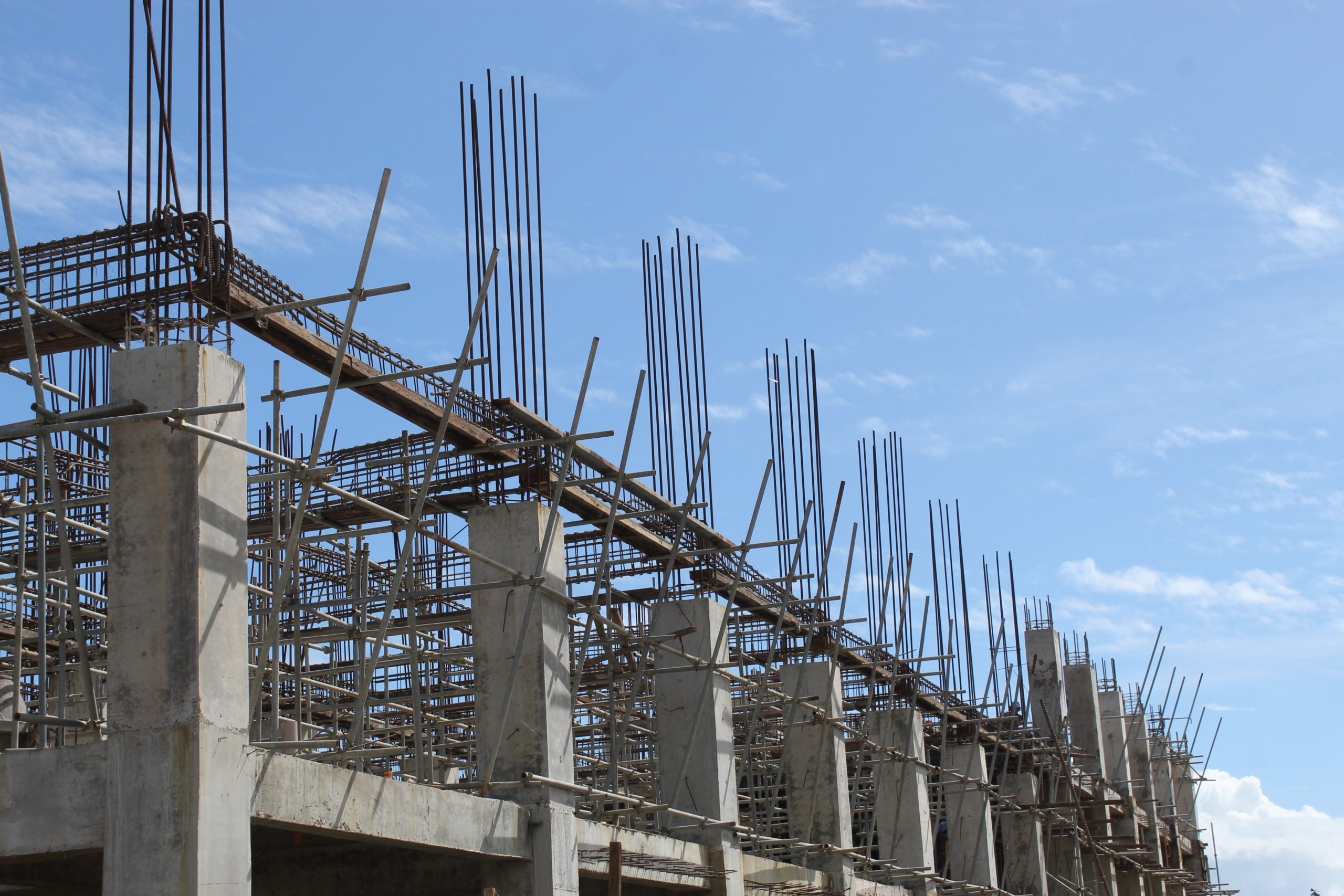
Embodied Carbon Draws Increased Attention from the Building Sector
Post / November 10, 2022
Over the past 15 years, many jurisdictions have reduced operational emissions in buildings through policies focused on energy efficiency, resulting in lower energy bills, better indoor air quality, and increased comfort. As the carbon emissions associated with operating buildings continues...

Make your voice heard: Comment on the Residential 2024 IECC update
Post / October 29, 2022
The 2024 draft Residential International Energy Conservation Code (IECC) is now out for public comment. The provisions in the 2024 code will build on the energy efficiency advancements made in the 2021 code cycle and introduce key provisions to address...
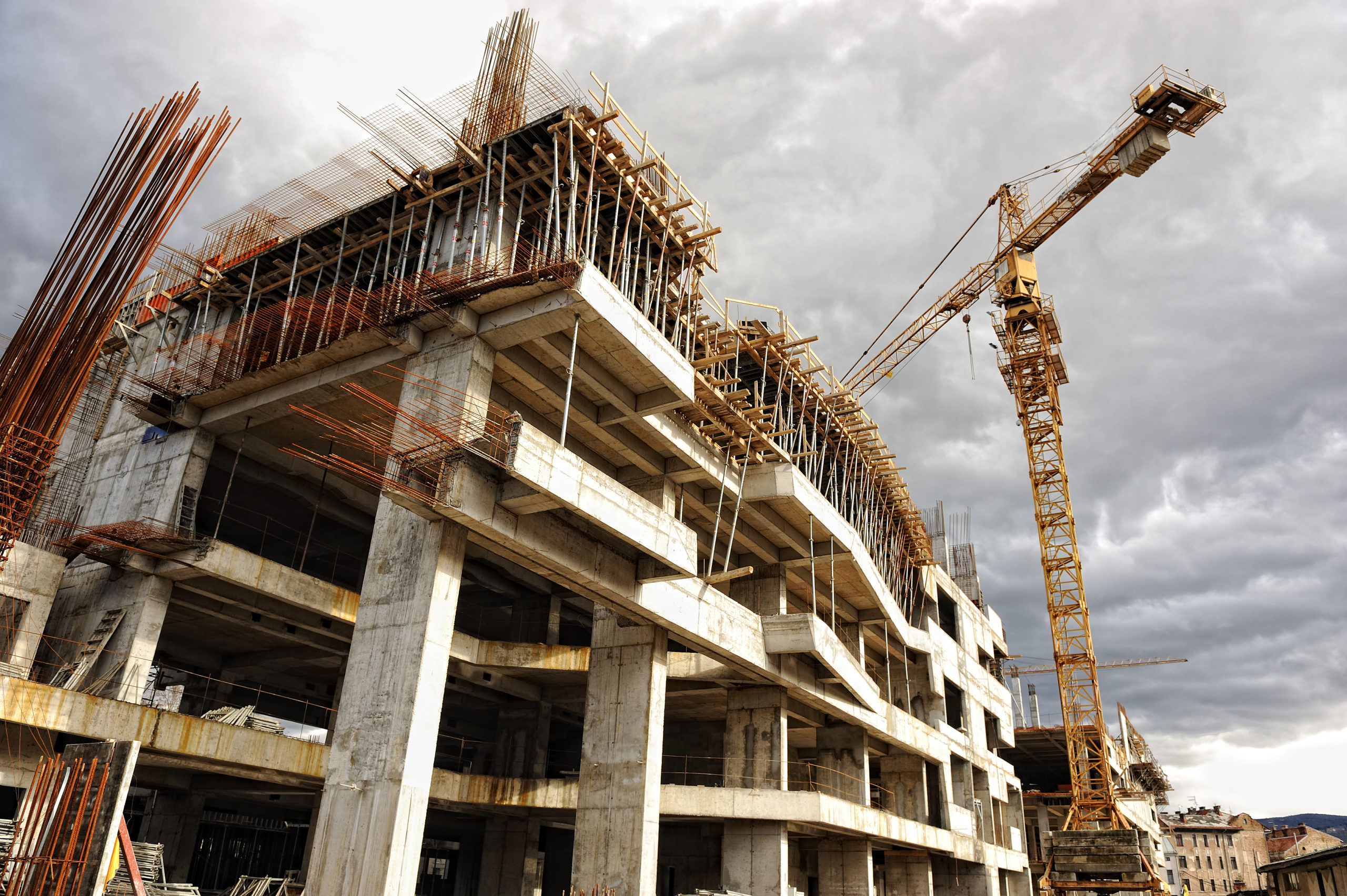
Advance climate action by getting involved now in the commercial 2024 IECC update
Post / September 7, 2022
With buildings currently representing 39% of U.S. carbon emissions, leading jurisdictions recognize the importance of using building codes and performance policies to respond to the effects of climate change and reduce future risks. To keep temperature rise below 1.5 degrees...
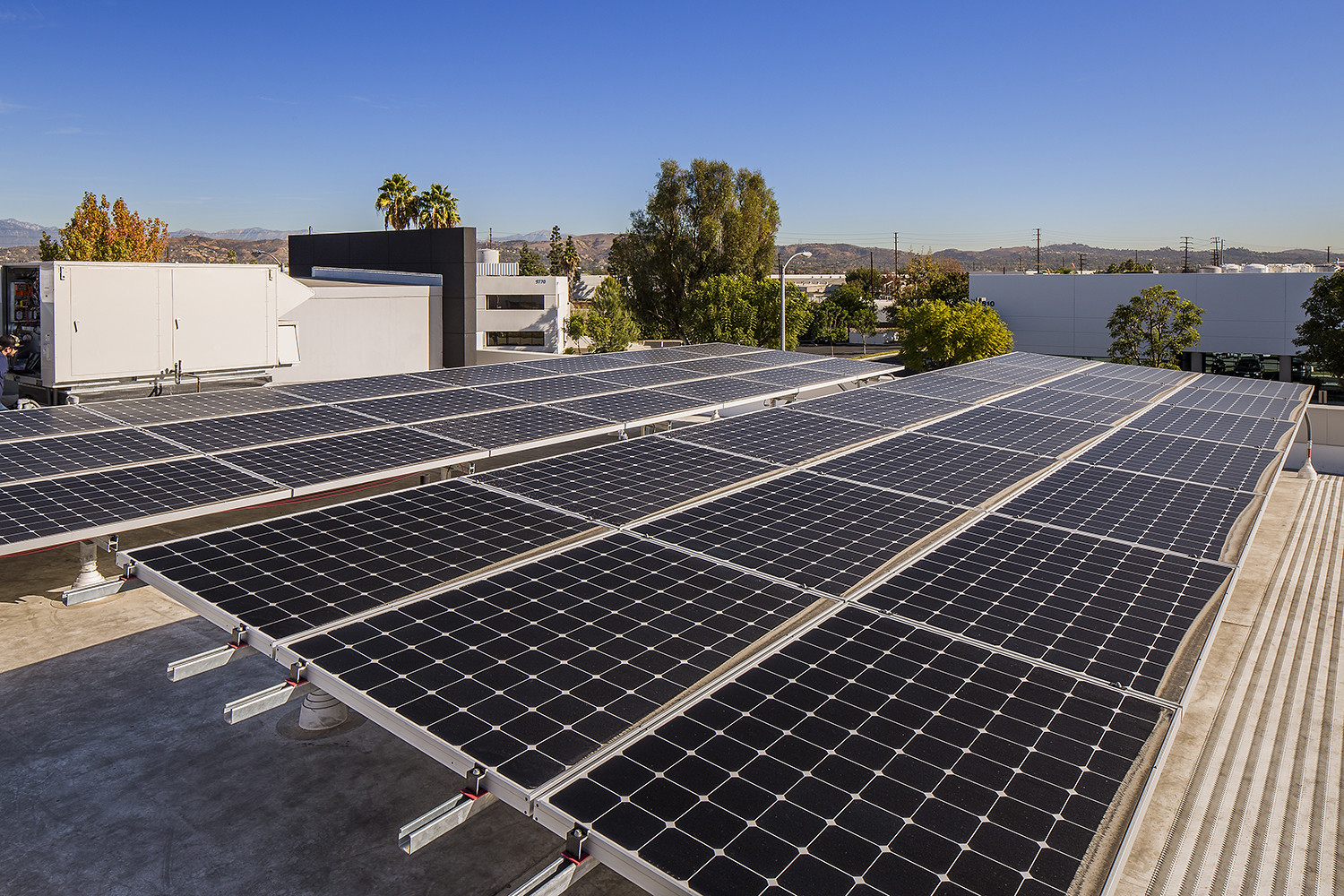
New Zero Emissions Buildings Policy helps jurisdictions lead by example
Post / May 17, 2022
With building construction and operations making up nearly 40% of U.S. carbon emissions, many jurisdictions have made reducing emissions from the built environment a top strategy for meeting climate action goals. The new Model Government Zero Emissions Buildings Policy released...
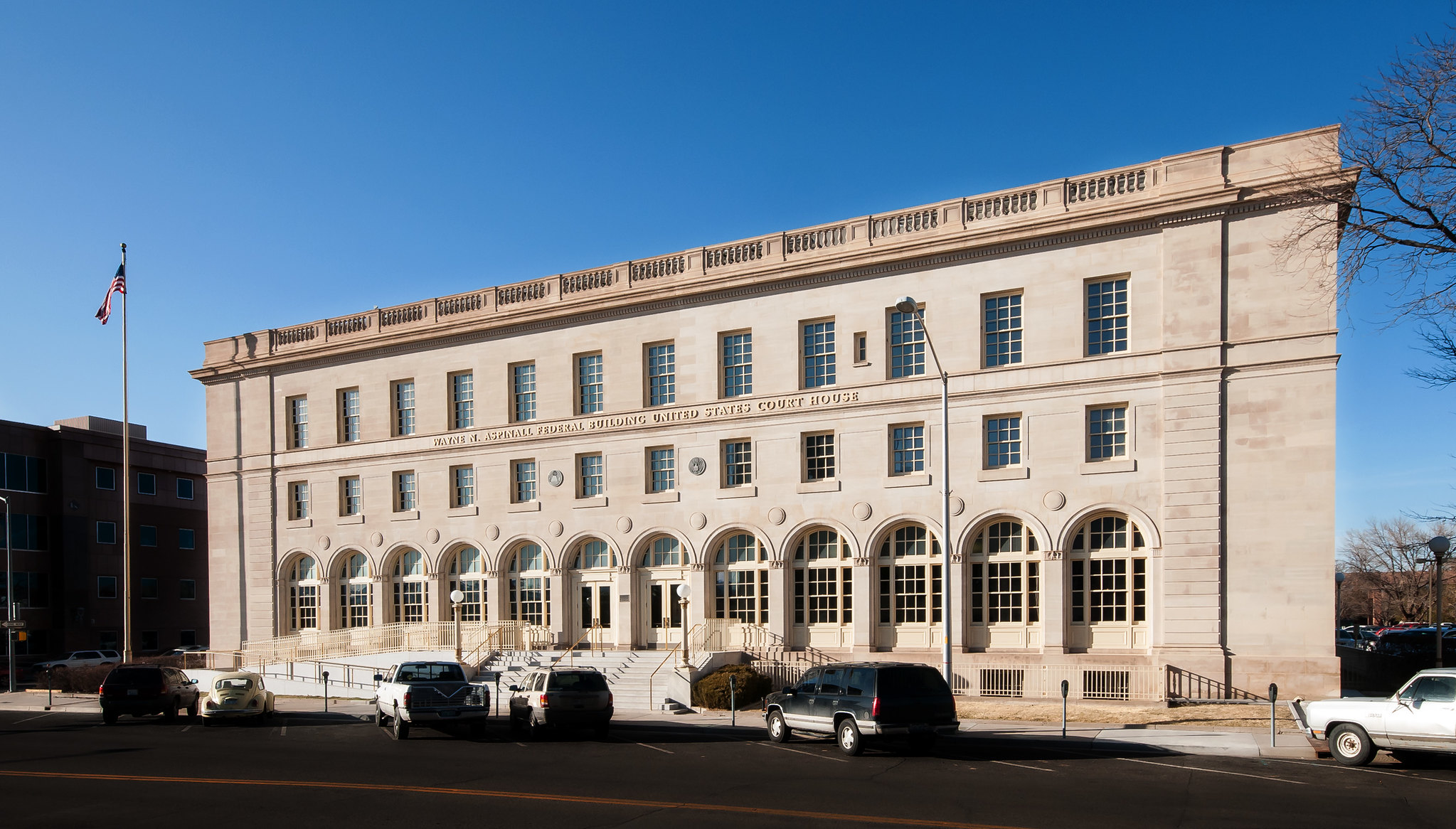
Future-ready buildings: increase asset value and reduce real estate investment risks by preparing for building performance standards now
Post / April 18, 2022
New construction codes have been driving toward net zero performance in jurisdictions around the country but building performance standards (BPS) with similar aims are emerging for existing buildings. Building performance standards are state and local laws that require existing buildings...

New study on electrification costs shows benefits to building owners and society
Post / April 14, 2022
Building electrification and decarbonization policies are being discussed by cities and states as well as in boardrooms across the country. Just last month, the U.S. Securities and Exchange Commission revealed a much-anticipated proposal to require public companies to disclose certain...
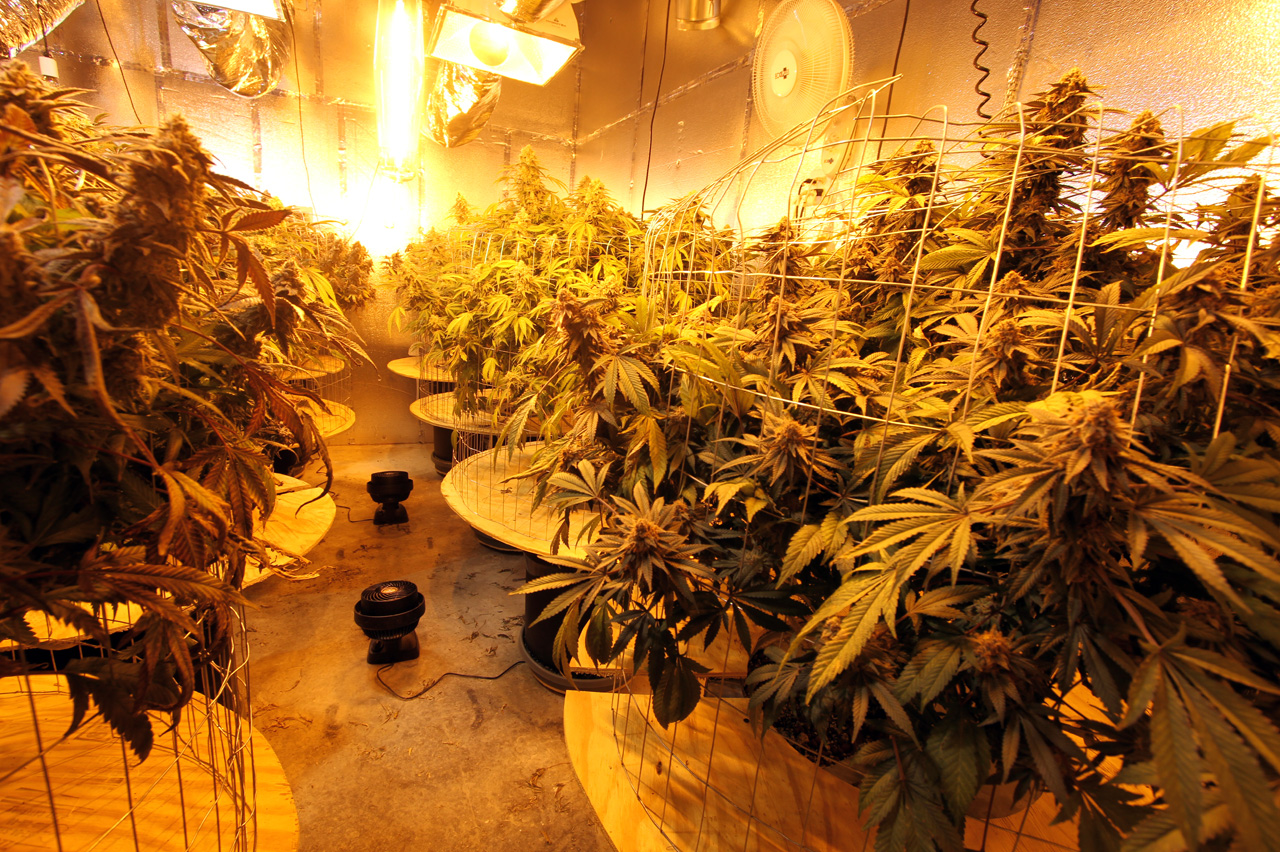
2024 IECC proposals address energy use in budding industry
Post / February 14, 2022
With the rapid growth of new indoor agriculture facilities growing vegetables, cannabis and other plants, the increased demand for energy and carbon intensive lighting and dehumidification for plant growth has skyrocketed. Lighting can consume between 50-70% of an indoor grow...

Proposals to drastically cut GHG delivered to IECC committees
Post / October 13, 2021
This week, New Buildings Institute (NBI) submitted code change proposals to the International Energy Conservation Code (IECC) residential and commercial development committees. These proposals have the potential to drastically reduce greenhouse gas (GHG) emissions from the building sector and help...

Empowering Communities to Accelerate Distributed Energy Resources
Post / August 10, 2021
In many parts of the United States, navigating the building permits required for distributed energy resources such as solar, storage, and electric vehicles (EVs) can be a daunting process. Many communities have burdensome requirements for installing such technologies and/or lack...

Codes for Loads – Making Our Buildings Work with Renewable Power Grids
Post / July 22, 2021
Thirty states and the District of Columbia have adopted Renewable Portfolio Standards (RPS), policies that require or set goals for all energy supply to be renewable by a chosen date mostly within the next two decades. The Biden Administration earlier...

The Future of Building Decarbonization Starts Now
Post / July 8, 2021
With buildings currently representing 39% of U.S. carbon emissions from operational and embodied sources, jurisdictions look toward advanced building codes and policies as critical and urgent strategies for meeting their climate goals. Despite overwhelming support from public bodies, recent efforts...
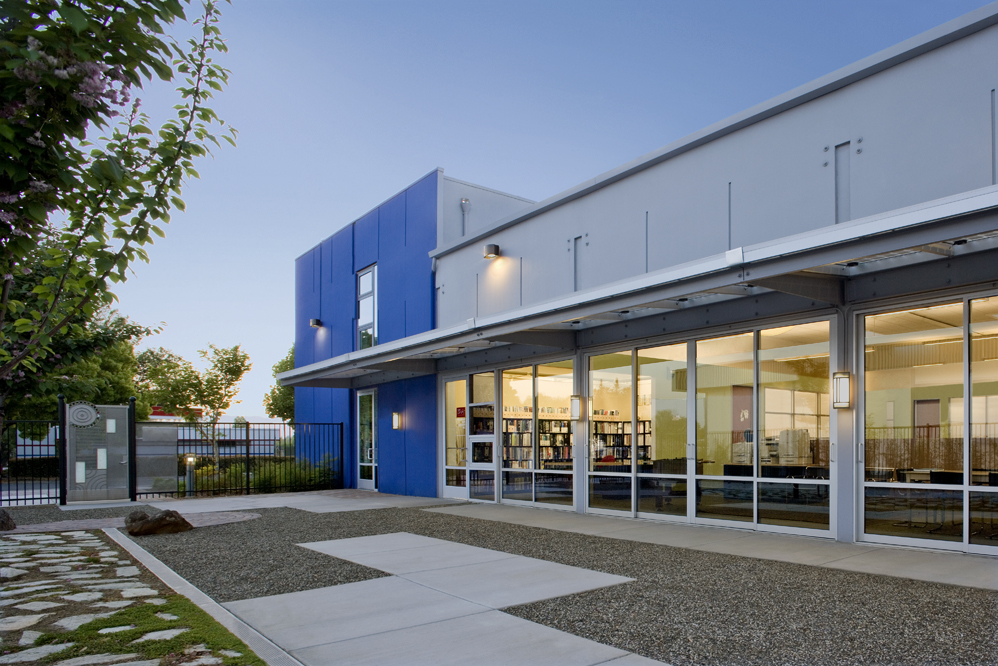
Checking in on State Energy Code Progress Toward Zero Energy
Post / April 14, 2021
ACEEE’s 2020 State Energy Efficiency Scorecard was released in December with California reclaiming the number one spot from Massachusetts. This is based on five categories including utility and public benefits, transportation, building energy efficiency, state initiatives, and appliance standards, according...

Stretch Codes: A Key Tool on the Path to Carbon Neutral Buildings
Post / December 16, 2020
Adopting energy codes that go beyond the base, or required minimum code, is proving to be an effective way to achieve energy savings and reduce carbon emission from the built environment. We have long been hearing about states such as...
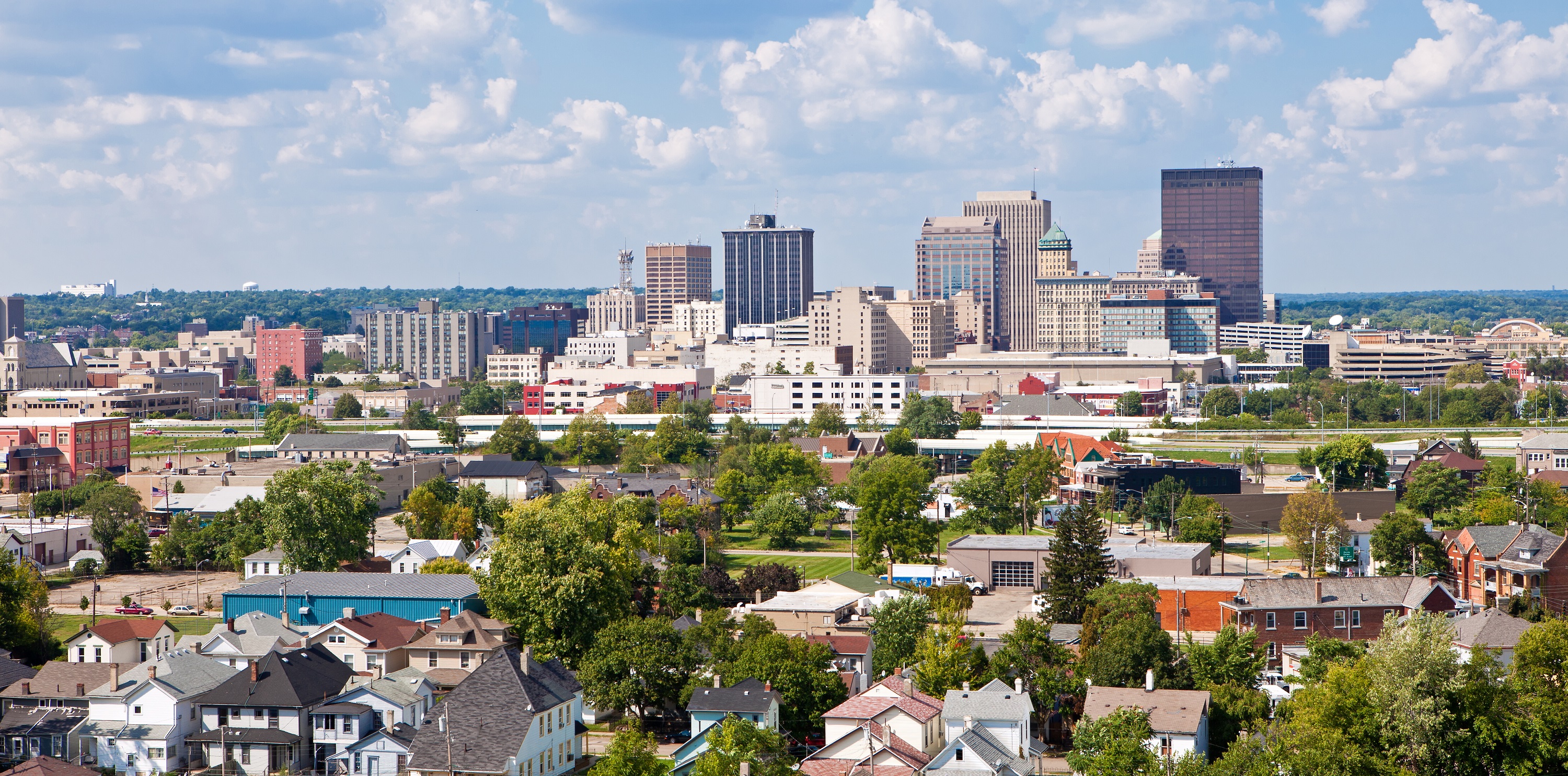
The New Residential Zero Energy Appendix: An Important Addition for Code Adoption
Post / December 8, 2020
For the first time, the new 2021 update of the International Energy Conservation Code (IECC), which is anticipated to be released in the next few weeks, includes a Zero Energy Home Appendix that provides cities and states with ready-made code...

Reduce Carbon in Existing Buildings and Put America Back to Work
Post / October 28, 2020
We all know too well of the health and economic impacts of the COVID-19 pandemic. These impacts are compounded by increasingly destructive wildfires, hurricanes, and flooding – so much so that nearly two-thirds of Americans – including more than half...
The 2021 IECC’s circuitous path to conclusion
Post / October 12, 2020
It’s been one year, eight months, 28 days since proposals were due into the International Code Council’s (ICC) system for consideration into the 2021 International Energy Conservation Code (IECC). That doesn’t include the time proponents spent considering and drafting proposals...

Implementing Building Performance Standards: Consistency is Key
Post / September 29, 2020
A building performance standard (BPS) provides a powerful solution for cities working to meet climate goals, achieve energy savings and reduce greenhouse gas (GHG) emissions. As a forward-looking policy for existing buildings, a BPS commits a city or state to...

Does the changing policy landscape pit efficiency against renewables?
Post / September 24, 2020
With cities and states pursing renewable portfolio standards and national calls to decarbonize the grid by 2035, does efficiency still matter with a clean grid? The first answer: yes, energy efficiency benefits are, as they have been for decades, delivering...

2021 Energy Code Progress Challenged: Climate and Affordability Stand to Lose Unless We Speak Up
Post / July 28, 2020
Update: See final result In December 2019, more than 1,000 government representatives from cities and states across the U.S. did something remarkable when they voted to improve the 2021 International Energy Conservation Code (IECC) by 10%. Since buildings account for...

Delivering Climate Solutions From Existing Buildings: No Time to Waste
Post / July 13, 2020
With buildings accounting for up to 75% of carbon emissions in U.S. cities, addressing carbon emissions from the built environment is essential to meet the goals of the Paris Agreement and limit the rise in global average temperature to below...

Finalizing the 2021 IECC takes the next step forward
Post / June 29, 2020
The 2021 International Energy Conservation Code (IECC) development process has officially entered an appeals phase and we wanted to share an update. With the International Code Council’s (ICC) release of the Final Action Results in early April, six appeals were...
Improved Building Energy Model Code Challenged
Post / March 12, 2020 / Energy Codes
Update: See final result Better building codes mean lower energy bills, which results in lower costs for consumers and fewer carbon emissions for the planet. Sounds like a winning combination, right? That’s why we were delighted when the initial results...
2019 was the Year of Energy Codes and a Big Year for Efficiency
Post / January 7, 2020
At the beginning of last year, we predicted that 2019 would be a big year for building energy codes, and the results are extremely promising for states—and cities which control their own energy codes–that are working to achieve climate action...

Local Governments Vote Resoundingly for Improved National Energy Codes
Post / December 20, 2019
Preliminary voting results on the 2021 International Energy Conservation Code (IECC) are in! The outcome of over a year of effort to update the national model energy code was released yesterday and is estimated to bring at least 10% better...
Before December 6, Vote for Efficiency in the 2021 IECC
Post / November 20, 2019
After a lengthy stakeholder process, including recent public comment hearings in Las Vegas, registered voting members of the International Code Council (ICC) are now invited to weigh in on the 2021 International Energy Conservation Code (IECC) proposals. Updated every three...
Tips for Voters In the 2021 IECC Update
Post / November 8, 2019
The 2021 International Energy Conservation Code voting dates are set! Voting begins on Tuesday, Nov. 19 and ends on Friday, Dec. 6. If you are a Governmental Member Voting Representative (GMVR), please read through these tips to help ensure it...
Votes Matter for Better Buildings
Post / October 31, 2019 / Energy Codes
Building code officials, sustainability officers, builders, efficiency advocates and others are leaving Las Vegas after attending the International Code Council’s (ICC) annual conference and public comment hearings on the 2021 International Energy Conservation Code (IECC). Updated every three years, the...

NBI Helps Decision Makers Prepare for the 2021 International Energy Conservation Code (IECC) Update
Post / October 23, 2019
The 2021 International Energy Conservation Code (IECC) update is one of the most profound ways states and local governments can improve the comfort and health of residents, reduce costs for building owners and residents, and make progress toward climate action...
